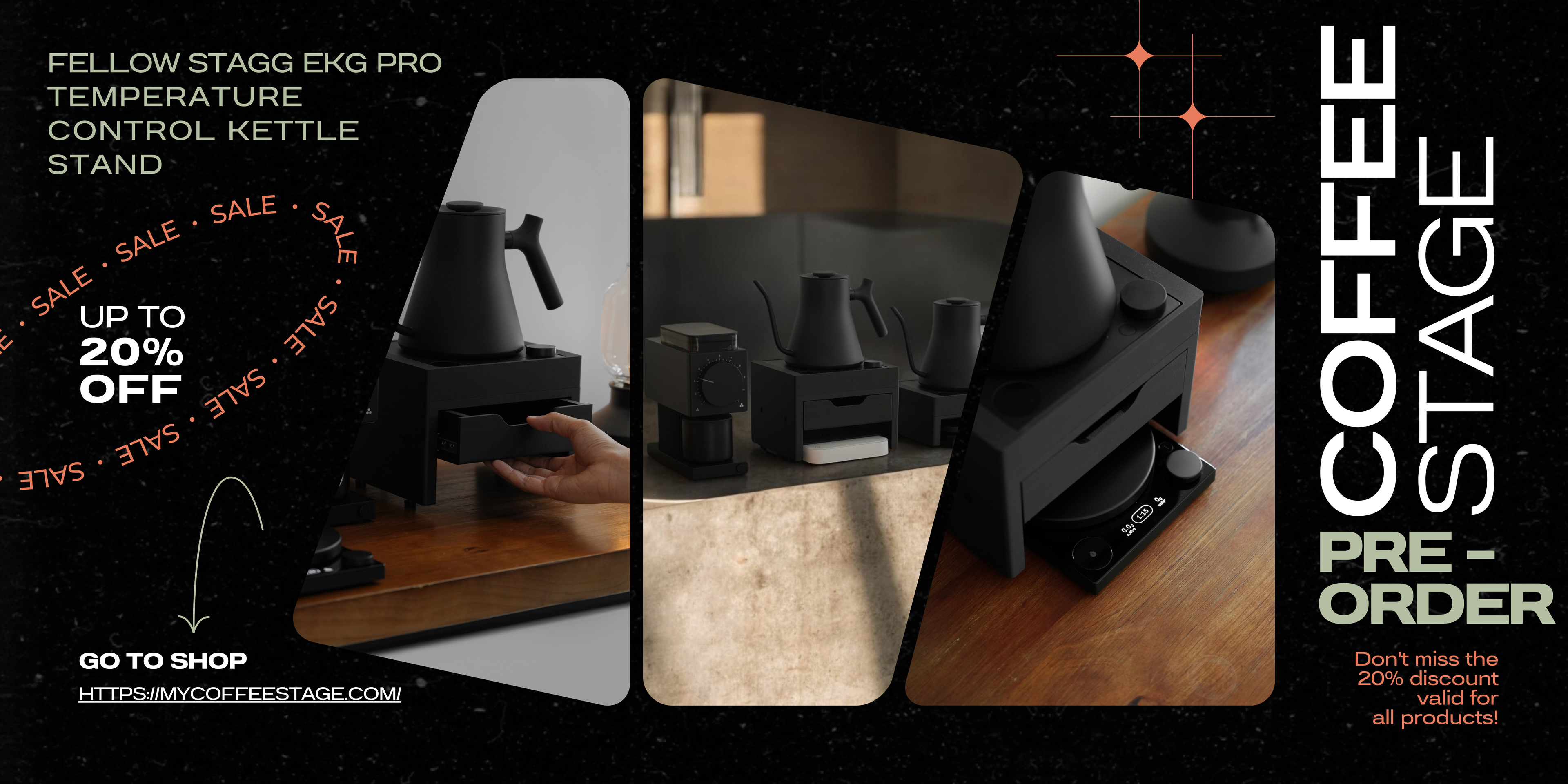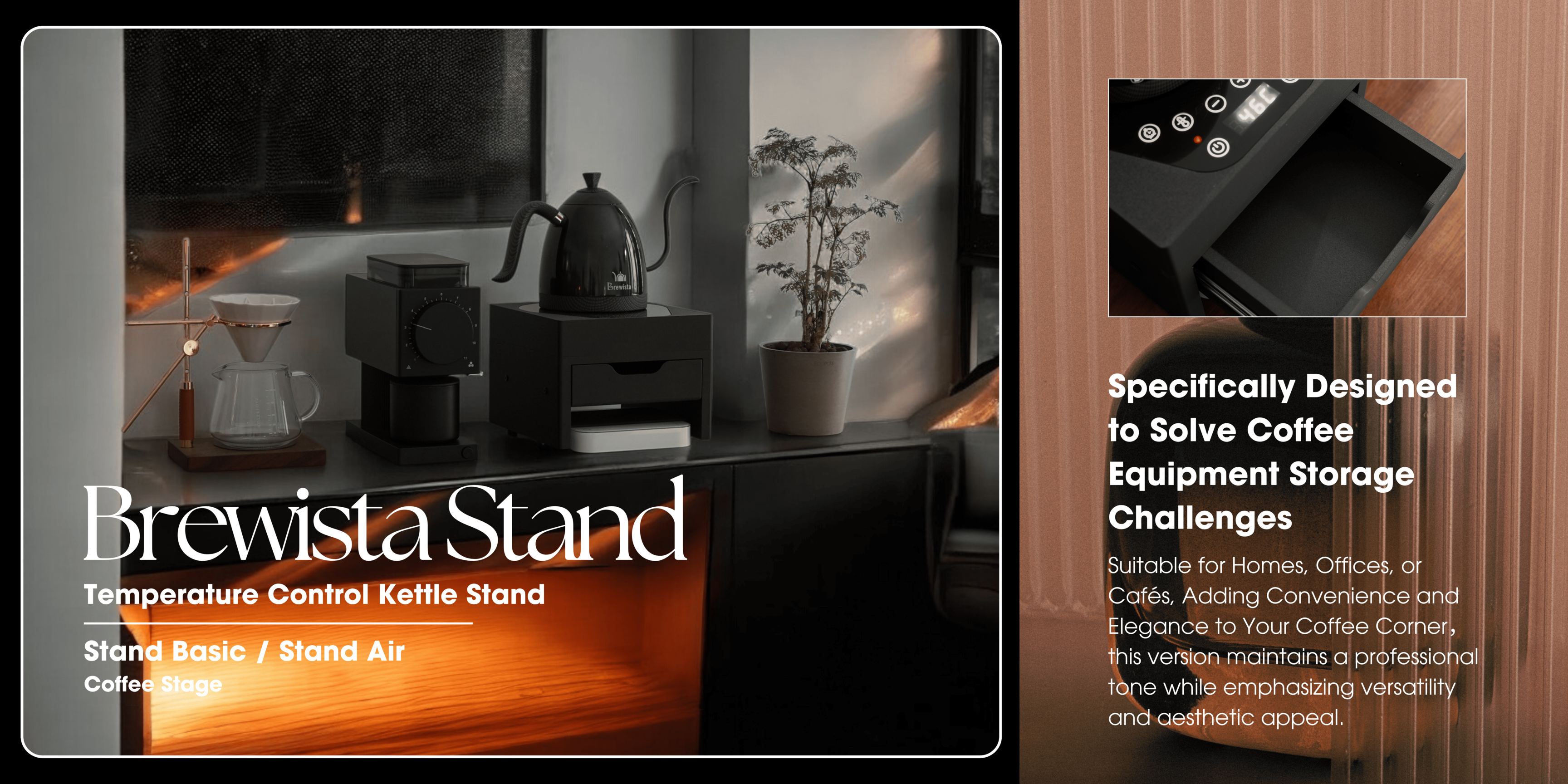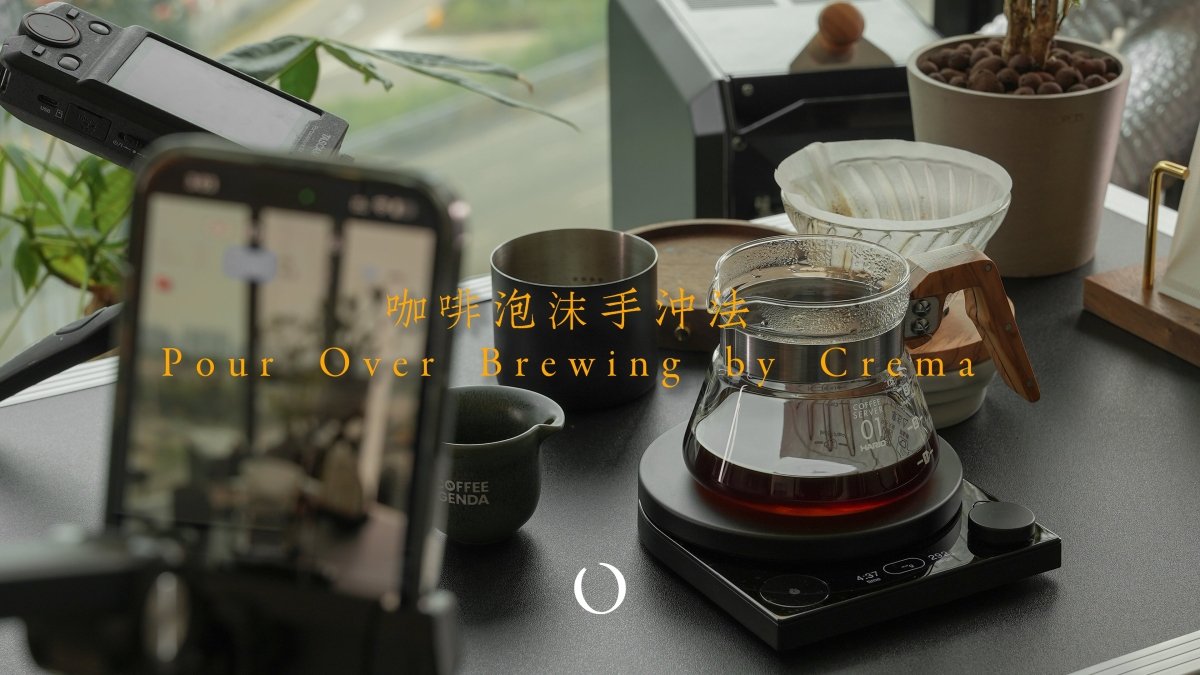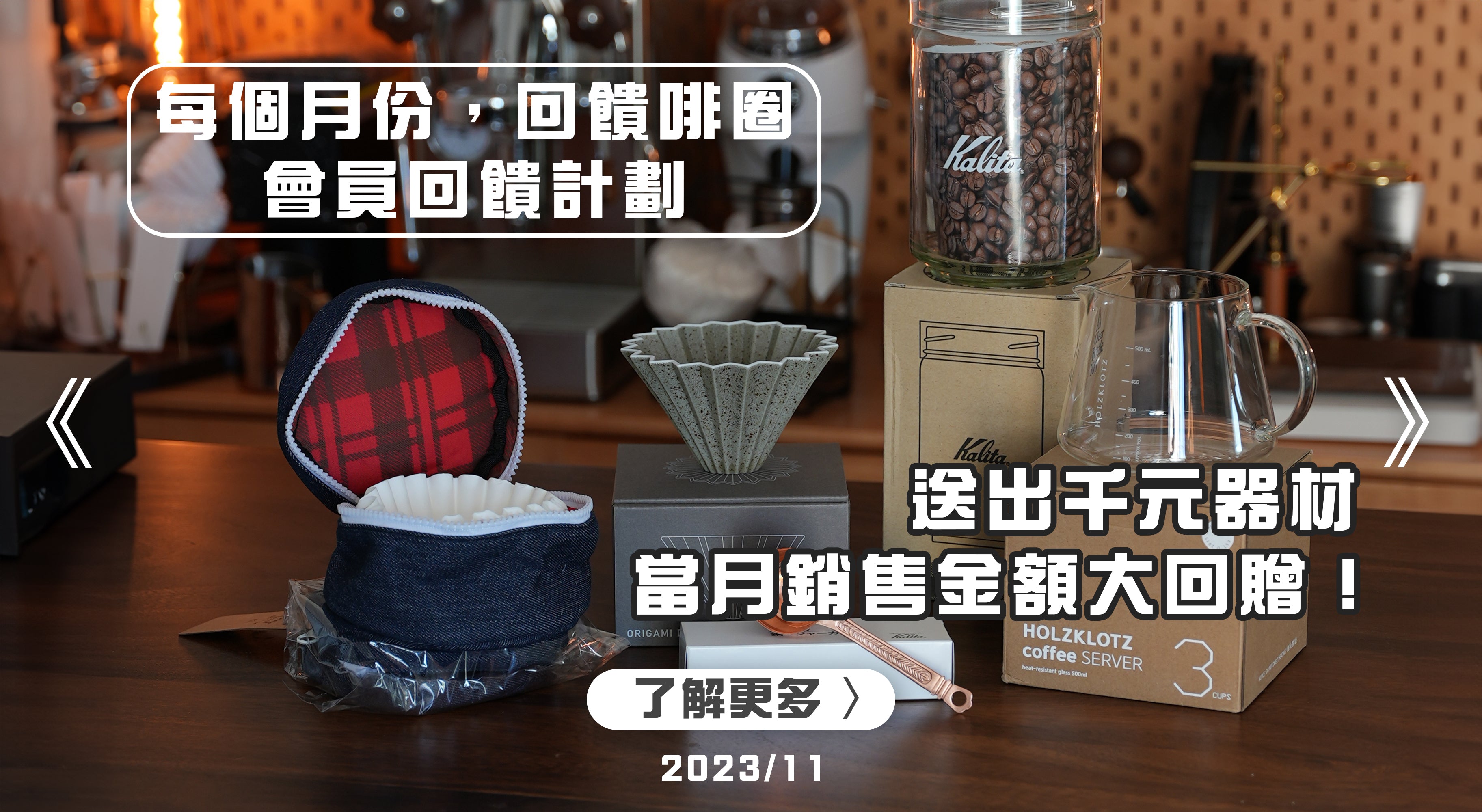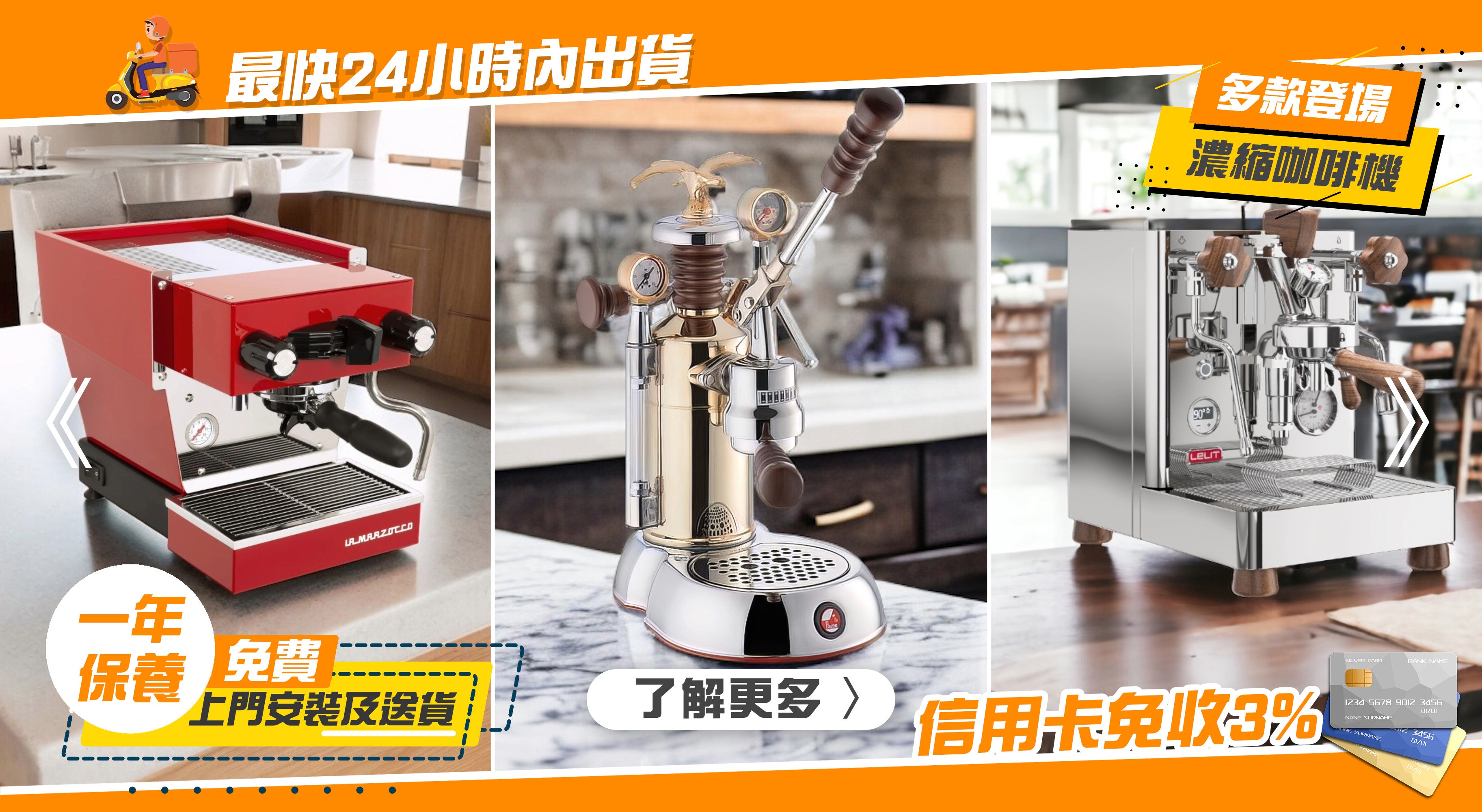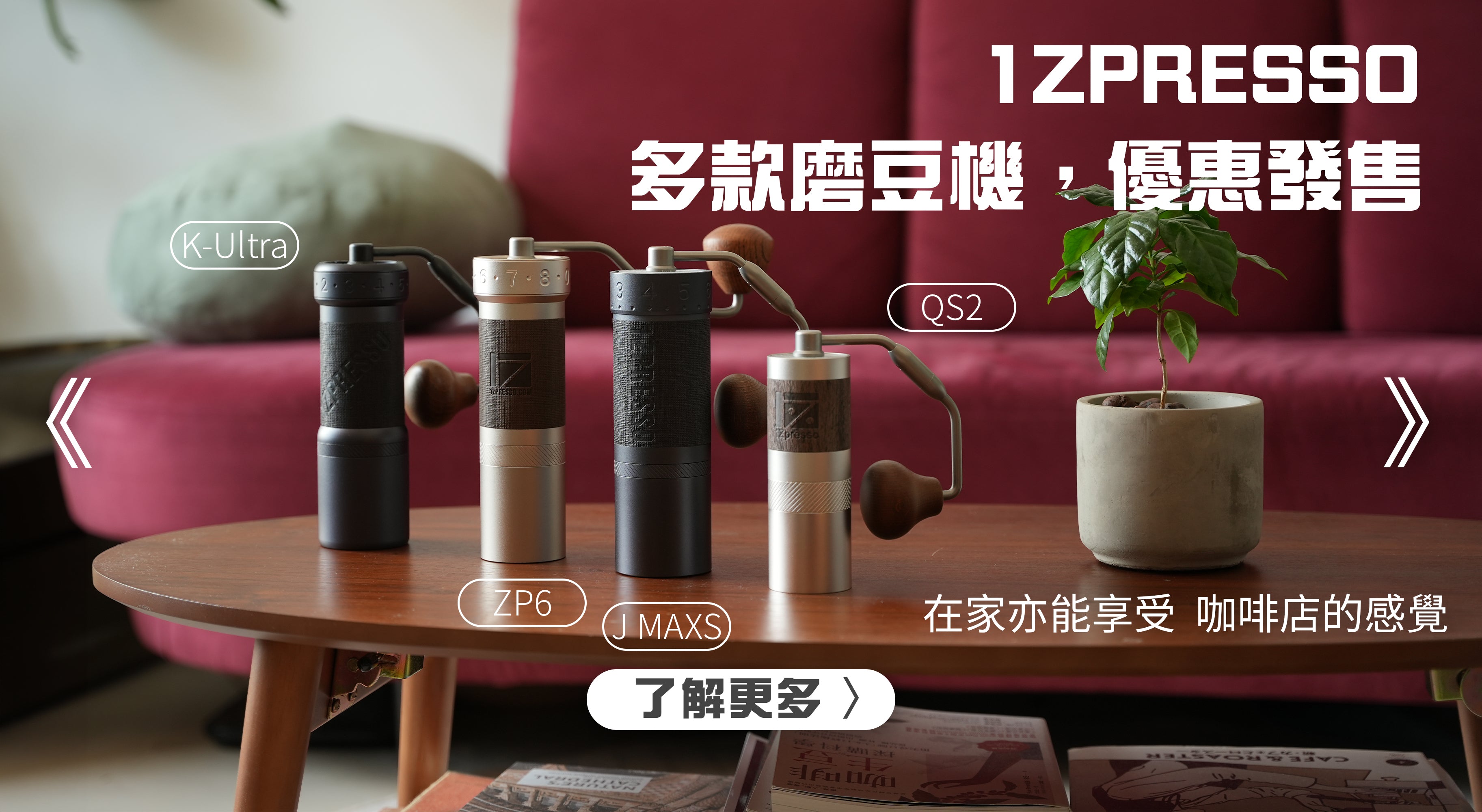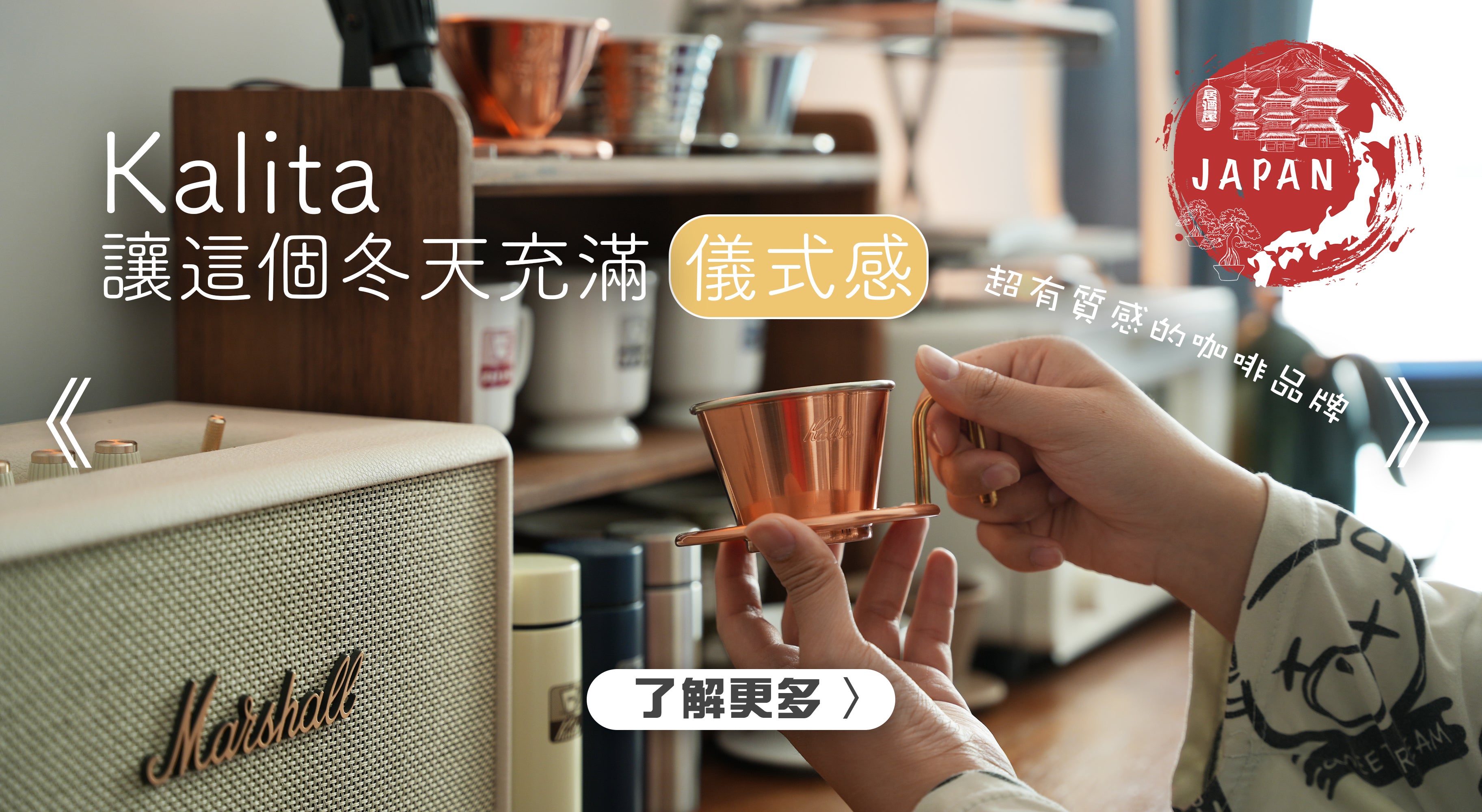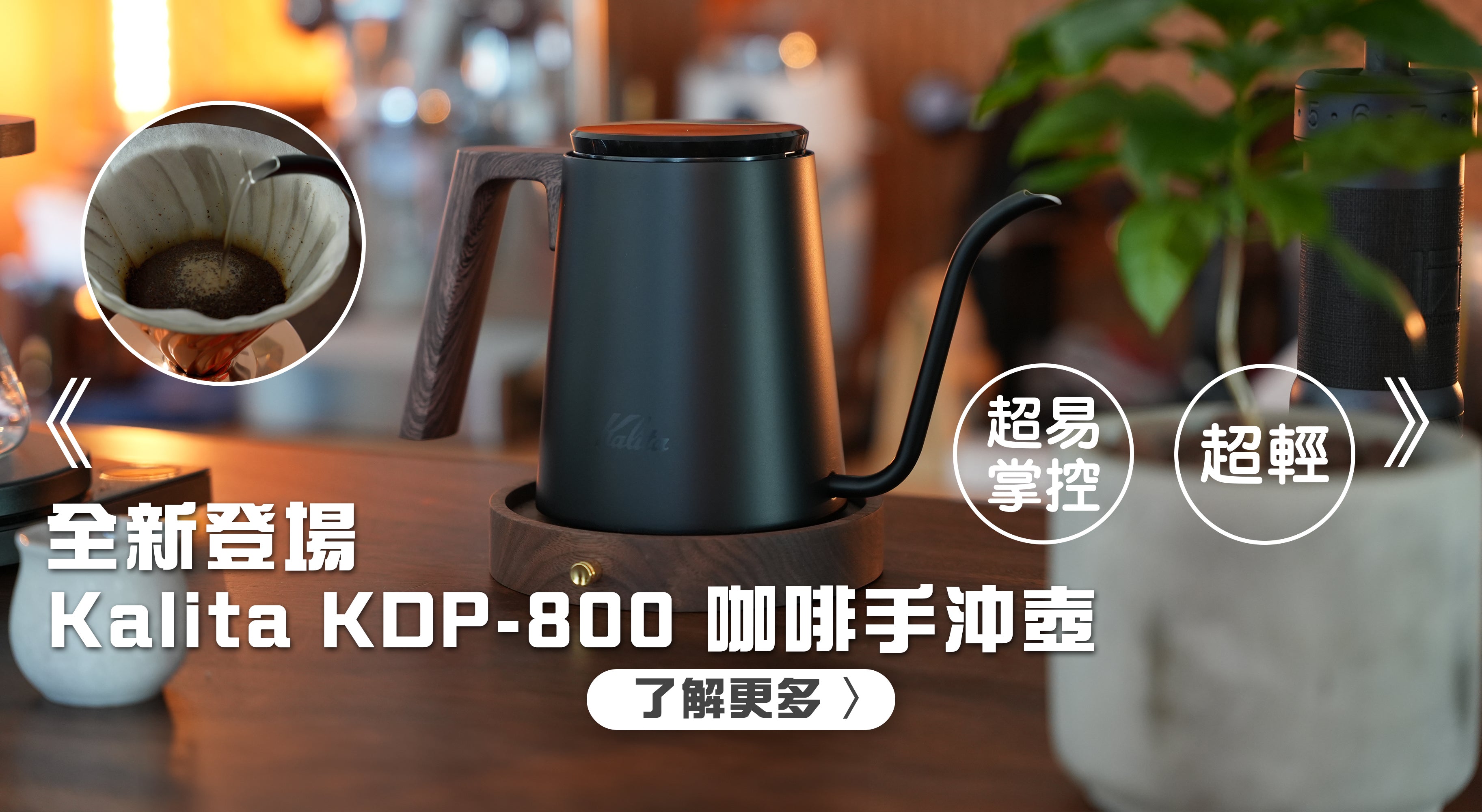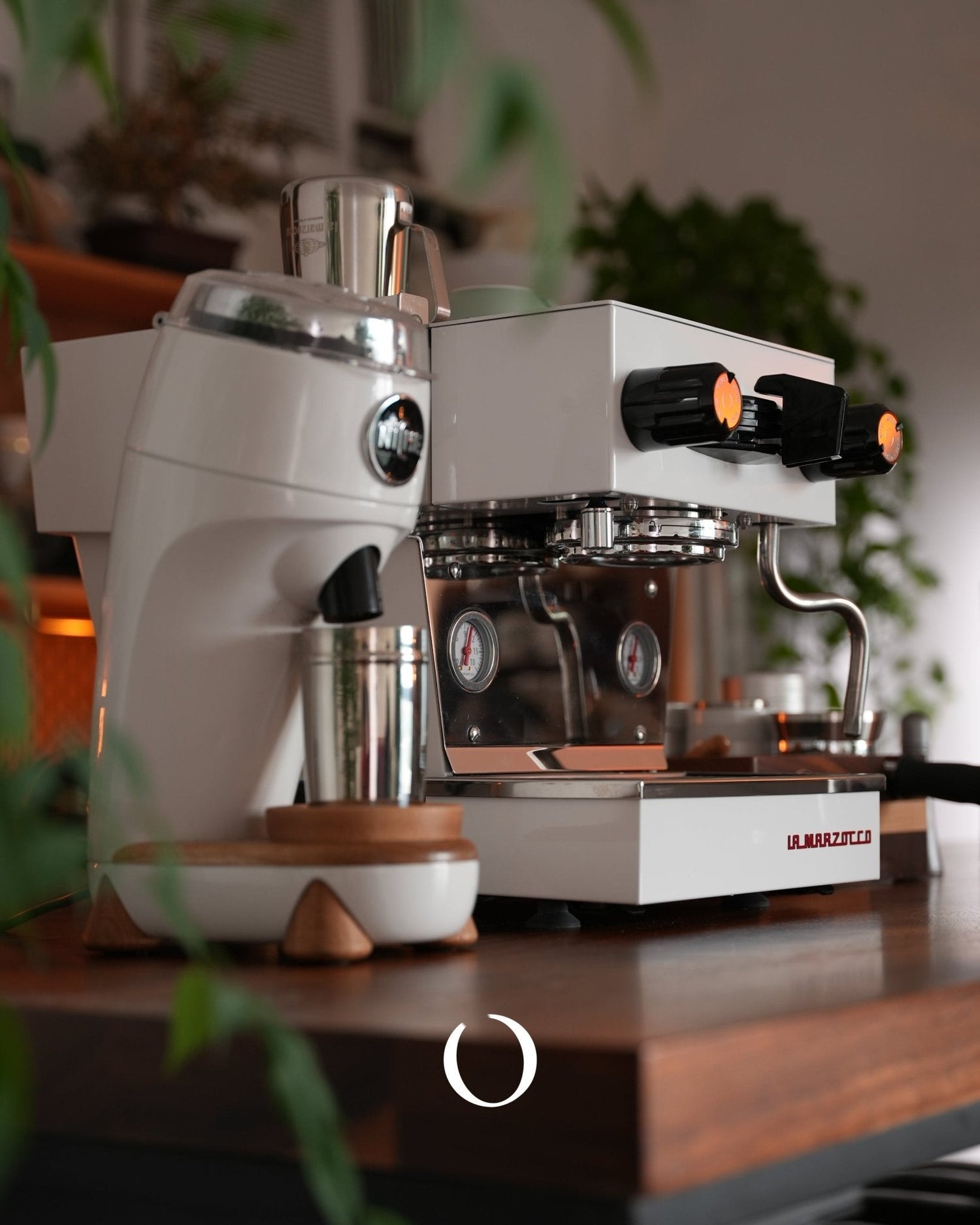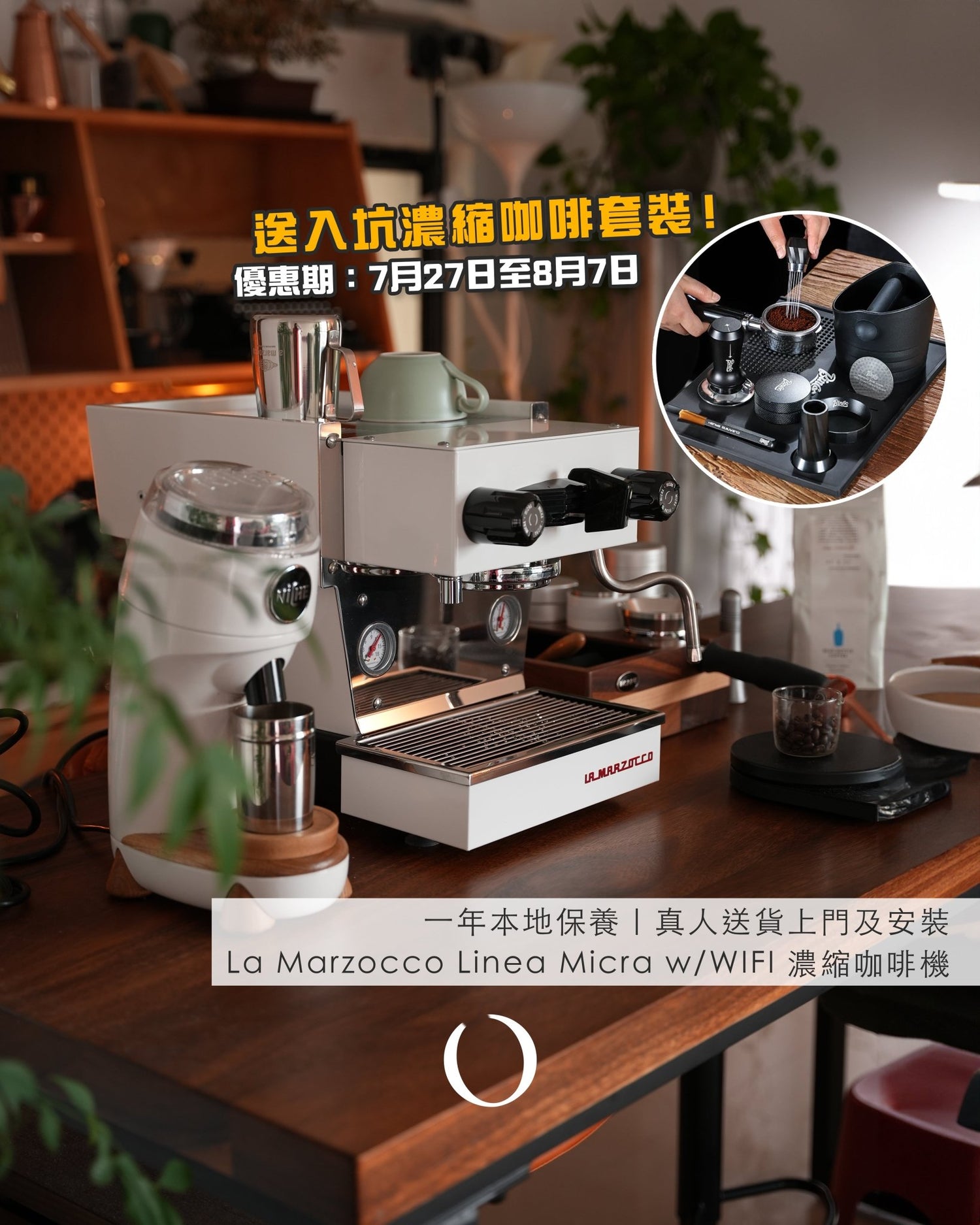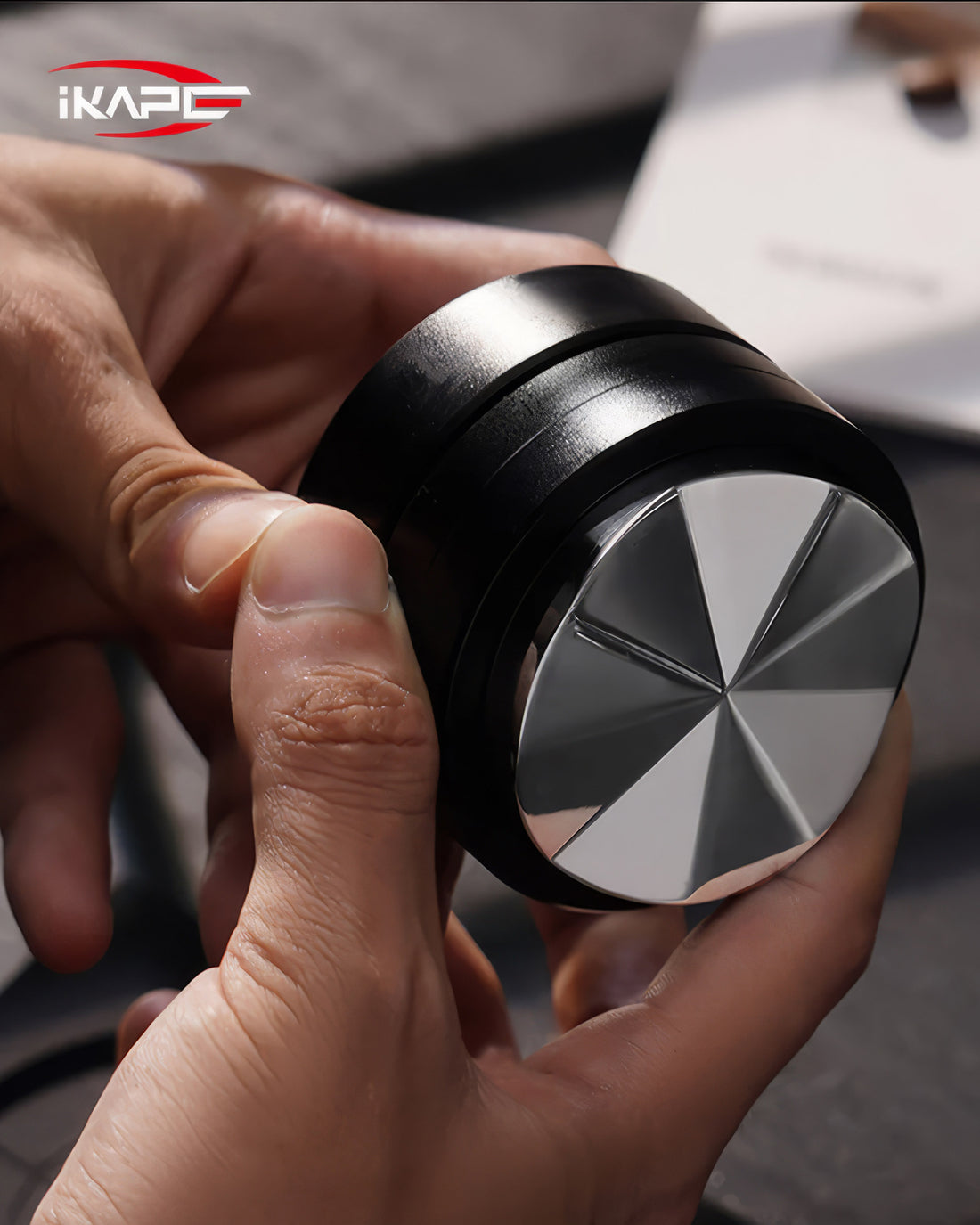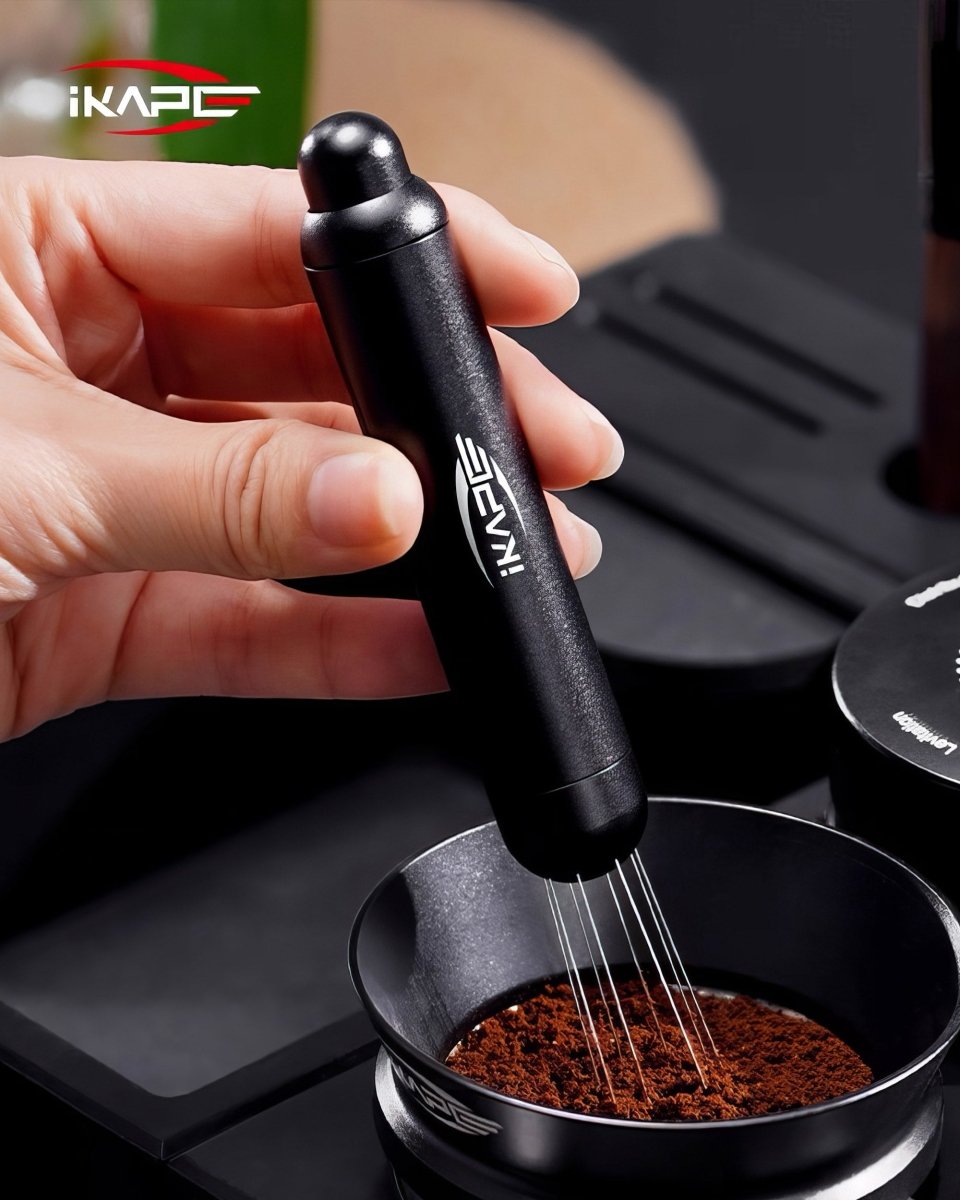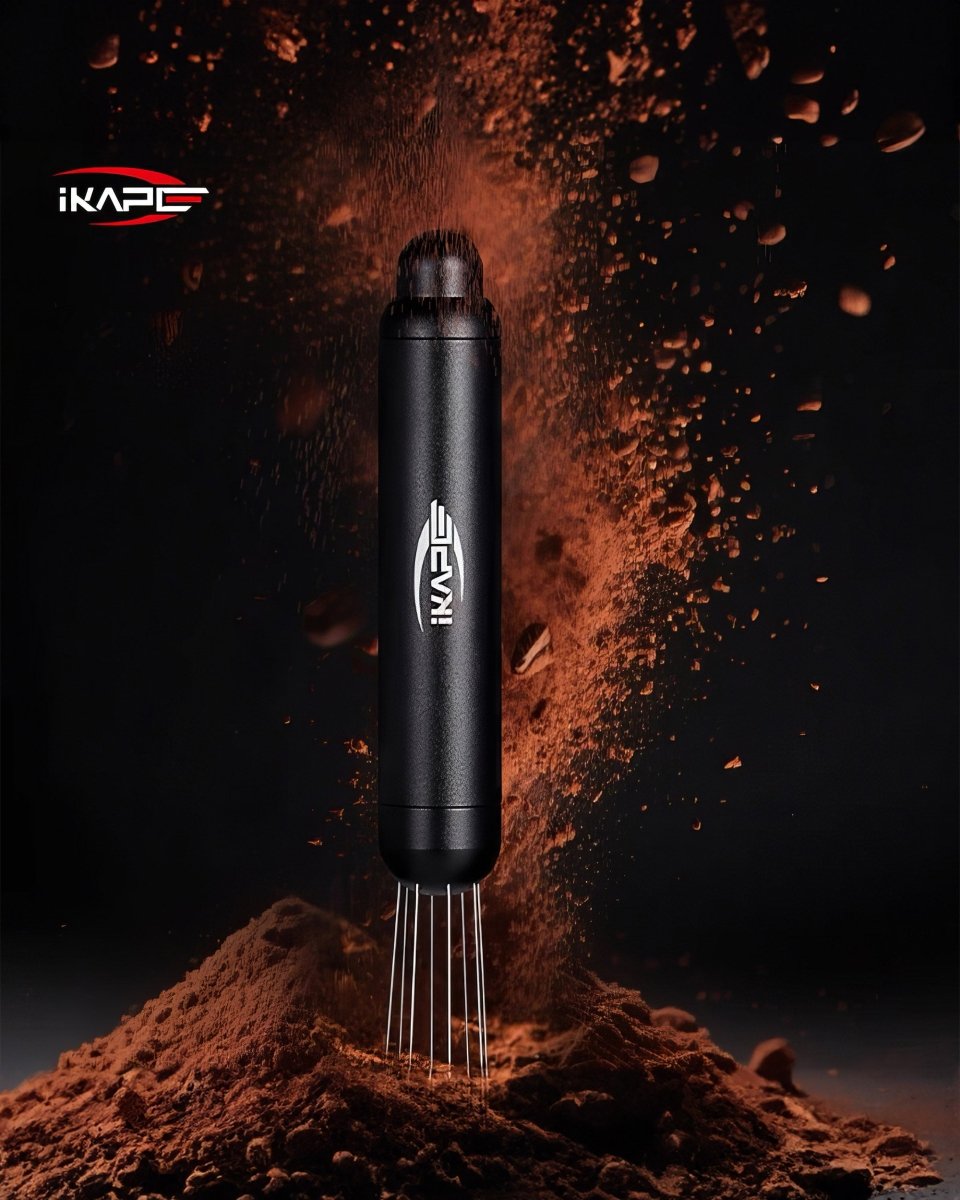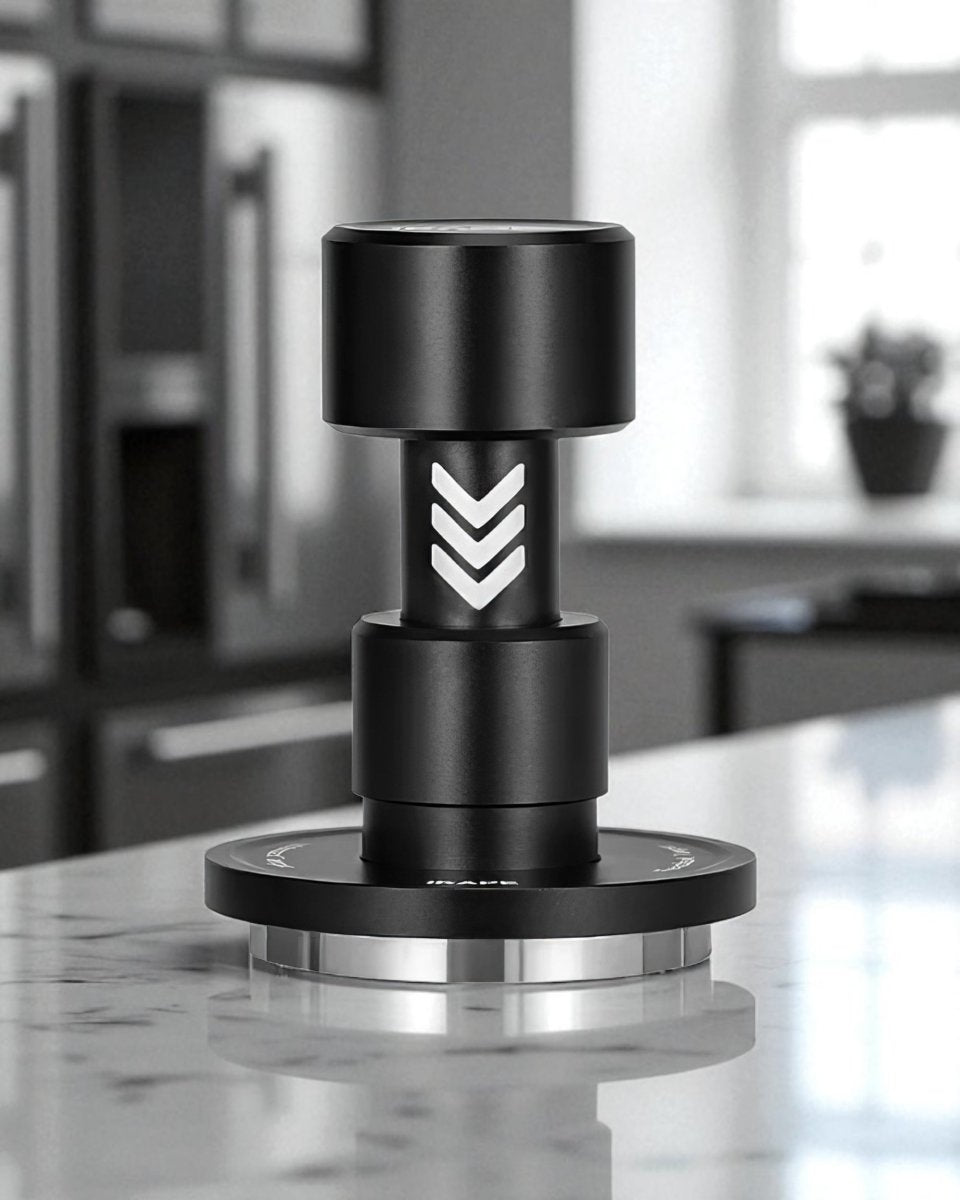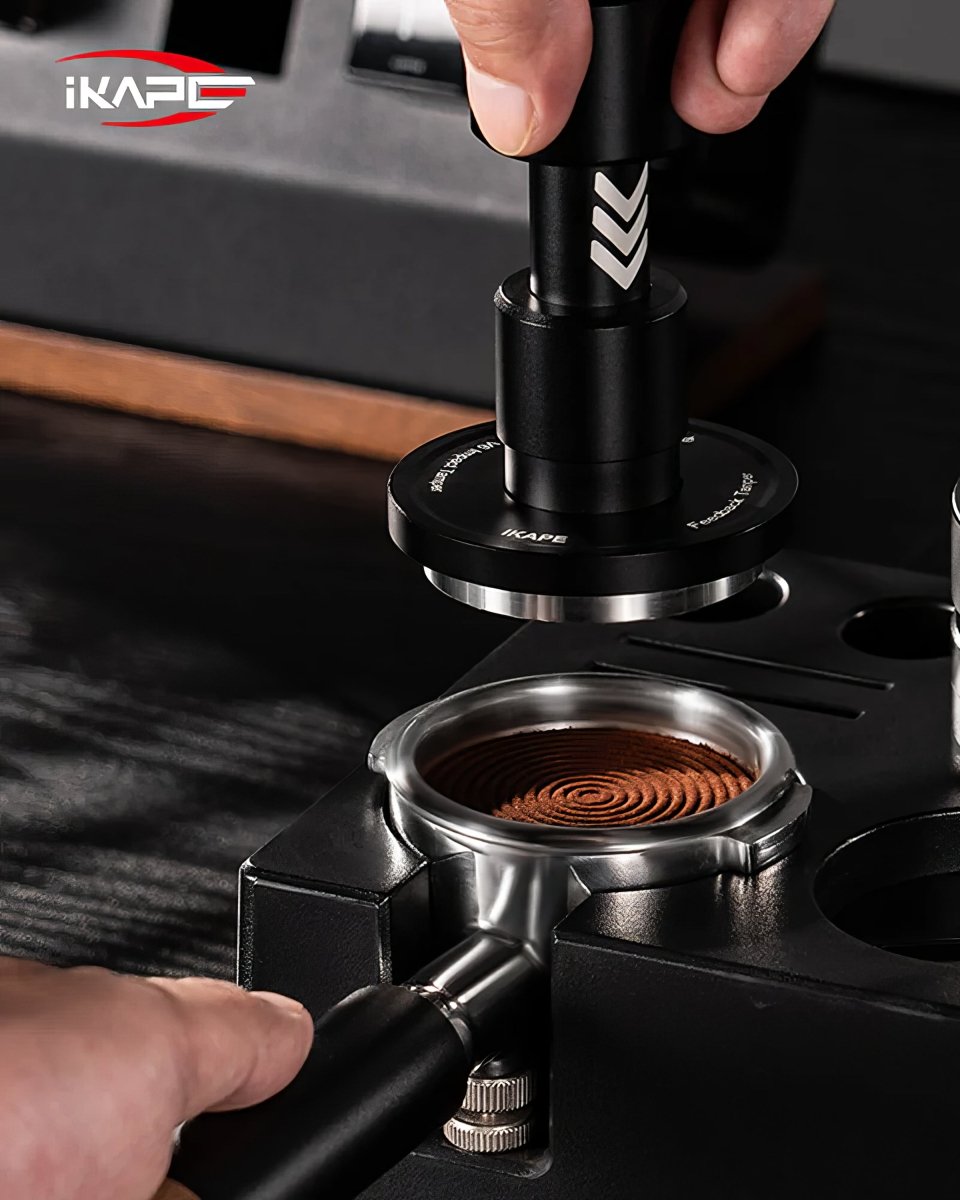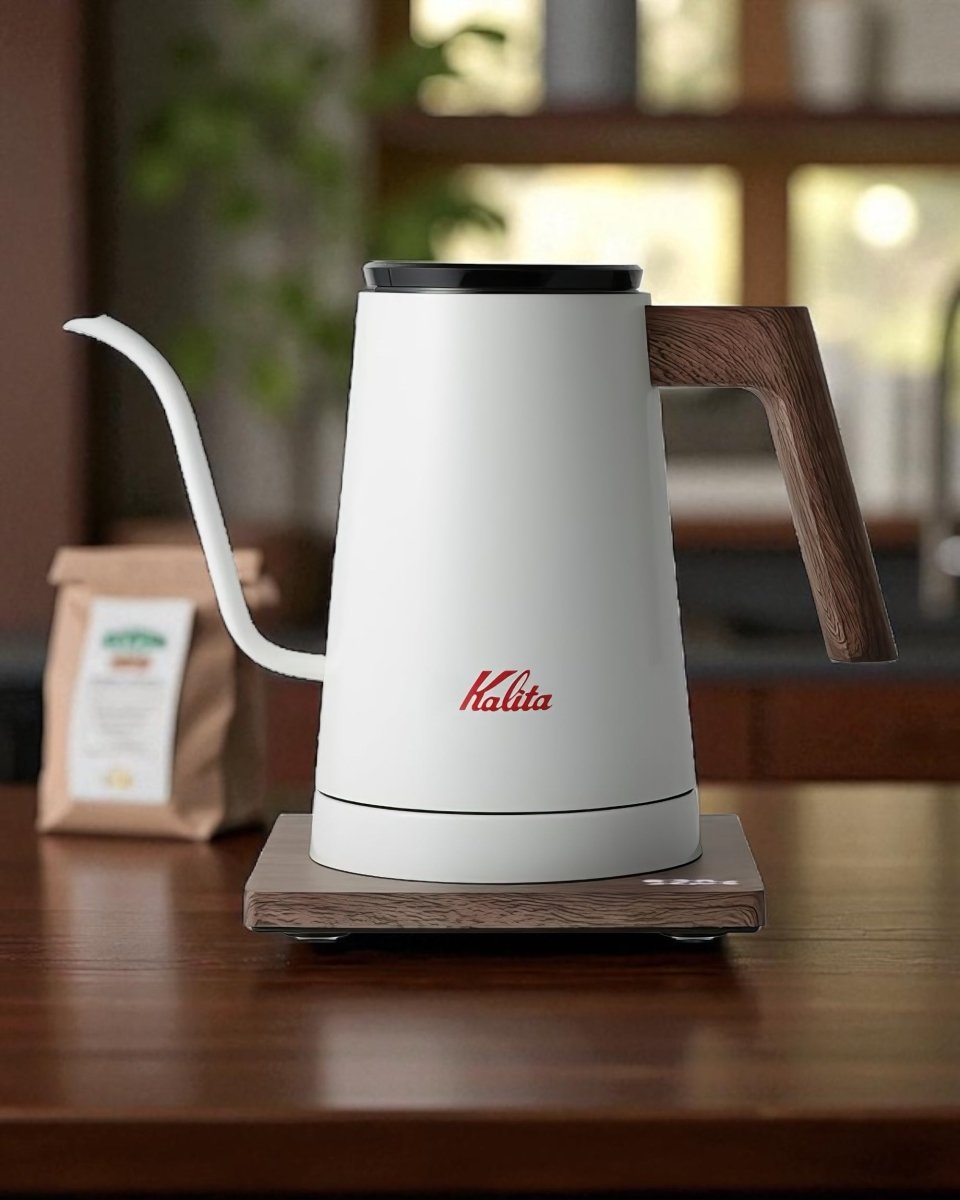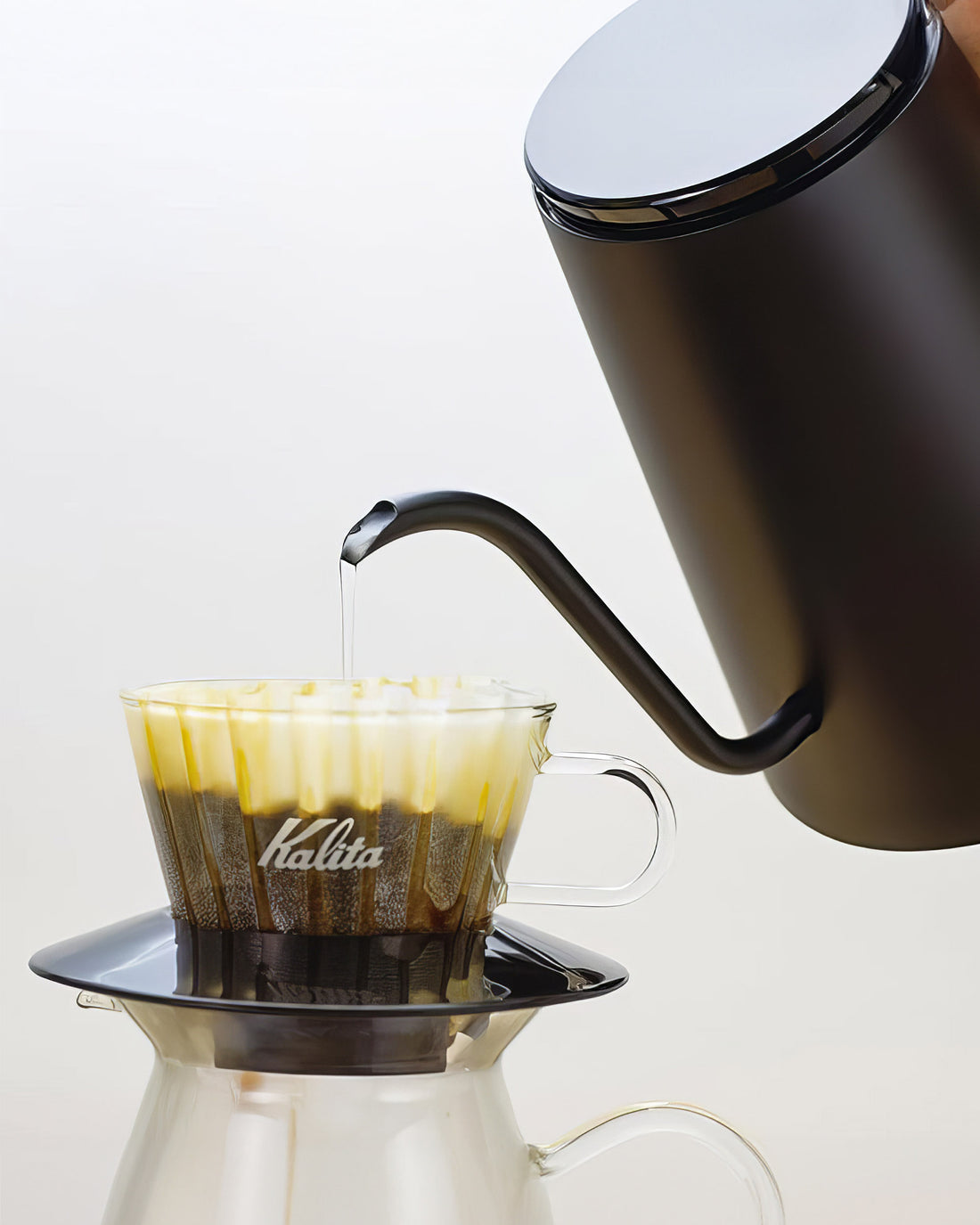What is coffee immersion brewing method?<\/strong><\/h2>
Coffee immersion brewing method is a technique that does not rely on a fixed amount of water compared to the coffee grounds, adjusting the extraction time based on the freshness of the coffee beans, using immersion during the brewing process to fine-tune the extraction parameters, thereby achieving the best flavor. This method is particularly suitable for fresh roasted coffee beans within 1-3 weeks, when the coffee grounds are in a state of secondary degassing, the immersion condition can better reflect the extraction process.<\/span>\u00a0<\/div>
<\/div>
<\/div>
<\/div>
<\/div>
View this post on Instagram
1. No need for a fixed reason for the coffee brewing method
The standard hand brew coffee method usually relies on a fixed reason for the brewing (like 1:15) to achieve a stable extraction effect; however, this method may limit the expression of different coffee bean flavors. The principle of hand brewing coffee is to adjust the extraction based on the characteristics of the coffee beans and the conditions below, which can lead to these decisive indicators of brewing.
Regarding this method, the coffee beans that have passed through the new (within one week after roasting) are not suitable, because at this time the beans contain a large amount of carbon dioxide, which can produce a large amount of white foam during brewing, making it impossible to accurately control the extraction conditions. Similarly, coffee beans that have passed the old (stored for over a month) are also unsuitable, because the carbon dioxide release is too excessive, making it impossible to produce sufficient foam.

2. Advantages of hand brewing methods
During this period, I tried multiple different dates of coffee beans and found that the hand brewing method can adjust the flavor of coffee more flexibly compared to the standard brewing method. This method is like the chef controlling the doneness of the beef steak, observing the changes in the brewing process to understand the extraction condition of the coffee beans, and also adjusting according to the required output. This way of brewing can more accurately present the flavors of coffee beans at different time segments, achieving the best extraction effect.

3. Recommended brewing parameters
The unique feature of the hand brewing method is not to be limited to a fixed coffee-to-water ratio but to adjust the amount of water based on the flavor requirements. Below are my suggested brewing parameters:
-
Coffee bean amount: 13 to 20 grams, depending on personal preference, I usually use 20 grams.
-
Water amount: You can follow a 4:6 hand brewing ratio, I personally believe that a 4:6 method can achieve a relatively balanced flavor.
-
Water technique: Use a small circle to pour water in the center, which can significantly help the extraction process. If the brewing cannot rise, it will be impossible to accurately determine the extraction conditions below.
-
Pre-wet and main water: First pre-wet for 40 grams of water, then pour water into the small center circle to 130 grams, maintaining a steady water flow throughout the process.
When the water flow is not much fluctuating, you can start observing the changes in the brewing, at this time you can also determine the time to collect the desired flavor.

How to utilize the hand brewing coffee extraction
The essence of the hand brewing method lies in determining the extraction degree through the color and condition of the coffee during the brewing process. The changes in brewing at different stages can indicate the release condition of your coffee flavor, which also gives you more control over the final flavor adjustment.
Through this period of practice, I believe this method is very effective, regarding aroma, overall flavor performance, and clarity all have obvious improvements. Although this may allow some flavors to change to become more prominent, while losing some balance, but this is a worthwhile method to try, especially for coffee lovers who enjoy challenges and exploring new flavors.
Brewing operation steps
-
Step 1: Prepare 20 grams of coffee beans, proceed to pre-wet 40 grams.
-
Step 2: Start pouring water from the small circle, gradually pouring to 130 grams.
-
Step 3: Maintain a steady water flow, observe the changes in brewing and determine when to collect the desired flavor.
Each person's preference for flavors is different, so you can adjust the brewing method and parameters based on your own taste. Friends who are interested can try this method next time they brew coffee and see if it brings a delightful flavor experience.

Frequently Asked Questions (Q&A)
Q1: Is this method suitable for all coffee beans?
A1: Not entirely suitable. The best brewing method for coffee beans is fresh roasted beans within 1-3 weeks of roasting. If the coffee beans are older (more than one week after roasting) or overly aged (stored for more than a month), the results will vary significantly due to the degradation of the coffee's quality.
Q2: Why not use powdered coffee?
A2: The fixed ratio of powdered coffee can limit the expression of the coffee bean's characteristics. The brewing method relies on the coffee's condition to adjust the brewing parameters, allowing the coffee's flavor to be more layered.
Q3: How to determine if the brewing condition is appropriate?
A3: The ideal brewing condition should be stable and have a fine grind, with color gradually developing as it brews. Observing the color and thickness of the brew can help you determine if you have reached the desired extraction level.
Q4: Does the brewing method require special equipment?
A4: No special equipment is needed. You can use a regular coffee maker and filter, focusing on controlling the flow of water and observing the brew.
Q5: Is this method suitable for new brewers?
A5: This method may pose some challenges for new brewers, as it requires adjustments based on the observation of the brewing process. However, for friends who want to improve their brewing skills, this is a technique worth trying.
Q6: What are the differences in flavor and profile between brewing methods?
A6: The brewing method allows for more precise control of the coffee's flavor, making the aroma richer and the aftertaste deeper. However, some flavors may emerge more abruptly, which could affect the overall balance of the brew.
Latest Products
- Choosing a selection results in a full page refresh.
1. No need for a fixed reason for the coffee brewing method
The standard hand brew coffee method usually relies on a fixed reason for the brewing (like 1:15) to achieve a stable extraction effect; however, this method may limit the expression of different coffee bean flavors. The principle of hand brewing coffee is to adjust the extraction based on the characteristics of the coffee beans and the conditions below, which can lead to these decisive indicators of brewing.
Regarding this method, the coffee beans that have passed through the new (within one week after roasting) are not suitable, because at this time the beans contain a large amount of carbon dioxide, which can produce a large amount of white foam during brewing, making it impossible to accurately control the extraction conditions. Similarly, coffee beans that have passed the old (stored for over a month) are also unsuitable, because the carbon dioxide release is too excessive, making it impossible to produce sufficient foam.

2. Advantages of hand brewing methods
During this period, I tried multiple different dates of coffee beans and found that the hand brewing method can adjust the flavor of coffee more flexibly compared to the standard brewing method. This method is like the chef controlling the doneness of the beef steak, observing the changes in the brewing process to understand the extraction condition of the coffee beans, and also adjusting according to the required output. This way of brewing can more accurately present the flavors of coffee beans at different time segments, achieving the best extraction effect.

3. Recommended brewing parameters
The unique feature of the hand brewing method is not to be limited to a fixed coffee-to-water ratio but to adjust the amount of water based on the flavor requirements. Below are my suggested brewing parameters:
-
Coffee bean amount: 13 to 20 grams, depending on personal preference, I usually use 20 grams.
-
Water amount: You can follow a 4:6 hand brewing ratio, I personally believe that a 4:6 method can achieve a relatively balanced flavor.
-
Water technique: Use a small circle to pour water in the center, which can significantly help the extraction process. If the brewing cannot rise, it will be impossible to accurately determine the extraction conditions below.
-
Pre-wet and main water: First pre-wet for 40 grams of water, then pour water into the small center circle to 130 grams, maintaining a steady water flow throughout the process.
When the water flow is not much fluctuating, you can start observing the changes in the brewing, at this time you can also determine the time to collect the desired flavor.

How to utilize the hand brewing coffee extraction
The essence of the hand brewing method lies in determining the extraction degree through the color and condition of the coffee during the brewing process. The changes in brewing at different stages can indicate the release condition of your coffee flavor, which also gives you more control over the final flavor adjustment.
Through this period of practice, I believe this method is very effective, regarding aroma, overall flavor performance, and clarity all have obvious improvements. Although this may allow some flavors to change to become more prominent, while losing some balance, but this is a worthwhile method to try, especially for coffee lovers who enjoy challenges and exploring new flavors.
Brewing operation steps
-
Step 1: Prepare 20 grams of coffee beans, proceed to pre-wet 40 grams.
-
Step 2: Start pouring water from the small circle, gradually pouring to 130 grams.
-
Step 3: Maintain a steady water flow, observe the changes in brewing and determine when to collect the desired flavor.
Each person's preference for flavors is different, so you can adjust the brewing method and parameters based on your own taste. Friends who are interested can try this method next time they brew coffee and see if it brings a delightful flavor experience.

Frequently Asked Questions (Q&A)
Q1: Is this method suitable for all coffee beans?
A1: Not entirely suitable. The best brewing method for coffee beans is fresh roasted beans within 1-3 weeks of roasting. If the coffee beans are older (more than one week after roasting) or overly aged (stored for more than a month), the results will vary significantly due to the degradation of the coffee's quality.
Q2: Why not use powdered coffee?
A2: The fixed ratio of powdered coffee can limit the expression of the coffee bean's characteristics. The brewing method relies on the coffee's condition to adjust the brewing parameters, allowing the coffee's flavor to be more layered.
Q3: How to determine if the brewing condition is appropriate?
A3: The ideal brewing condition should be stable and have a fine grind, with color gradually developing as it brews. Observing the color and thickness of the brew can help you determine if you have reached the desired extraction level.
Q4: Does the brewing method require special equipment?
A4: No special equipment is needed. You can use a regular coffee maker and filter, focusing on controlling the flow of water and observing the brew.
Q5: Is this method suitable for new brewers?
A5: This method may pose some challenges for new brewers, as it requires adjustments based on the observation of the brewing process. However, for friends who want to improve their brewing skills, this is a technique worth trying.
Q6: What are the differences in flavor and profile between brewing methods?
A6: The brewing method allows for more precise control of the coffee's flavor, making the aroma richer and the aftertaste deeper. However, some flavors may emerge more abruptly, which could affect the overall balance of the brew.
Latest Products
- Choosing a selection results in a full page refresh.



